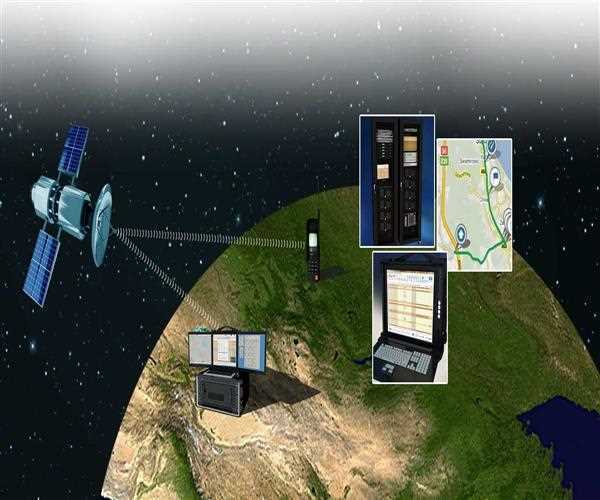Satellite is a great tool for observing the Earth and the big ocean that covers more than 70% of our planet. By sensing remotely from their orbit high above the Earth, satellite provides us with a lot more information than it would be possible to obtain solely from the surface.
The satellites enable the researchers to study the ocean closely. Information gathered by the satellite monitoring system tells us a lot about the ocean, its colour, sea surface temperature, coral reefs, and the glaciers. Scientists use the satellite transmitters to relay signals from the transmitters on the ground to the researchers in the field which is used in applications such as measuring the tidal heights and the migration of whales. These transmitters also relay the position information from emergency beacons which help in saving lives when people are in distress on boats or in aeroplanes, or in remote areas. Below are just a few of the many ways in which a satellite monitoring system helps in learning more about the ocean:
Sea Surface Temperatures
The temperature of the sea surface tells a lot about what's happening in and around the ocean. The changes in the temperature influence the behaviour of fish, which can cause the bleaching of corals, and affect the weather along the coast. Satellite images of the sea surface temperature also show the patterns of water circulation. For examples locations of upwelling, which is characterized by the cold waters that rise up from the depths (often near the coasts), and the warm water currents, such as the Gulf Stream.
Sea Surface Color
The satellite monitoring system also helps in getting information about the colour of the ocean. This colour data helps the researchers in determining the impact of floods along with the coast, detect river plumes, and locate the blooms of harmful algae which can contaminate the shellfish and kill other fishes and marine mammals. Ocean colour data taken from the satellite enables us not only to identify where an algal bloom is forming but also for predicting where it may drift in the near future. Treatment plants can also use algal bloom forecasts that are created by NOAA to decide when to change their water treatment formula for handling the algae.
Sea Level Change
One of the most significant and potential impacts of climate change is the rise in the sea level. This rise can cause inundation of the coastal areas and islands, shoreline erosion, and destruction of the important ecosystems such as wetlands & mangroves. Satellite altimeter radar measurements can be combined precisely with the known spacecraft orbits for measuring the sea level on a global basis with the unprecedented accuracy. The analysis of these long-term changes in the global mean sea level provides a way to test the predictions of global warming of the climate model.
Mapping
A satellite monitoring system can also be used for mapping features in the water, such as coral reefs. Seafloor geology is far simpler than the continents' geology; this is because the erosion rates are lower, and also because the continents have suffered multiple collisions that are associated with the opening and closing of ocean basins. Despite the relative youth and geologic simplicity, most deep seafloors have remained poorly understood because they are masked by the ocean. Till date, ships have charted only a small fraction of the seabed. But thanks to the gravity, the ocean surface has broad bumps & dips which mimic the topography of the ocean floor. These bumps & dips can be mapped by using an accurate radar altimeter which is mounted on a satellite.




Leave Comment